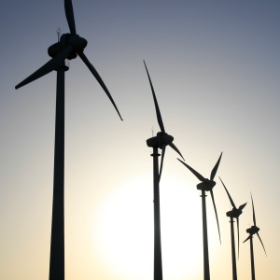 The IEA’s $40 Trillion Question
The IEA’s $40 Trillion Question
Following Angela Knight, Chief Executive of Energy UKs call for less focus on renewables and more on existing infrastructure and the energy market status quo, the International Energy Agency have waded into the debate on future energy,
Knight has said:
“[The UK market] have an opportunity in the energy industry to get fact based, logic based, properly costed and sensible EU policy-making and to encourage a move away from an emotion driven and expensive agenda,”
Whilst others including Renewable Energy Association (REA) Chief Executive Nina Skorupska responded saying:
“There is nothing emotional about the move to renewable energy.”
Now the IEA has underlined the import of removing the blinkers and focussing on future proofed energy sources and not simply keeping alive old and dying technology.
The IEA predict that $40tn will be invested in energy supply over the next 20 years to 2035 and over half of this sum will be spent on keeping 20th century technology and plants running at the expense of new, greener tech.
The report highlights that investment in oil and gas is heavily weighted to the maintenance of pre-existing assets rather than new, cleaner and more efficient tech with compensation for declining output from existing plant a greater focus than new plant.
The IEA also highlighted the increasingly prominent role that unstable Middle Eastern regimes will play in the oil markets over the period with little prospect of investment in new sources and supplies from alternative regions already dwindling. The impact of which could see an imbalance between supply and ever-increasing demand leading to higher prices and greater volatility.
In a finding that will surprise some, Faith Birol of the IEA warned that wholesale electricity prices in Europe are too low to support the needed investment for new generation capacity. The IEA estimates 100GW of additional generation is required to 2015 in order to be confident that energy supplies can continue uninterrupted.
Birol said that it would be necessary to increase the price of electricity to the end user customer in order to fund investment on this level or face blackouts and an increasing loss of energy intensive industry to regions embracing new tech such as the US and their shale revolution.
The report warned:
“If this situation persists, the reliability of European electricity supply will be put at risk”
There is only one certainty, the energy price is going up to cover future uncertainty.
